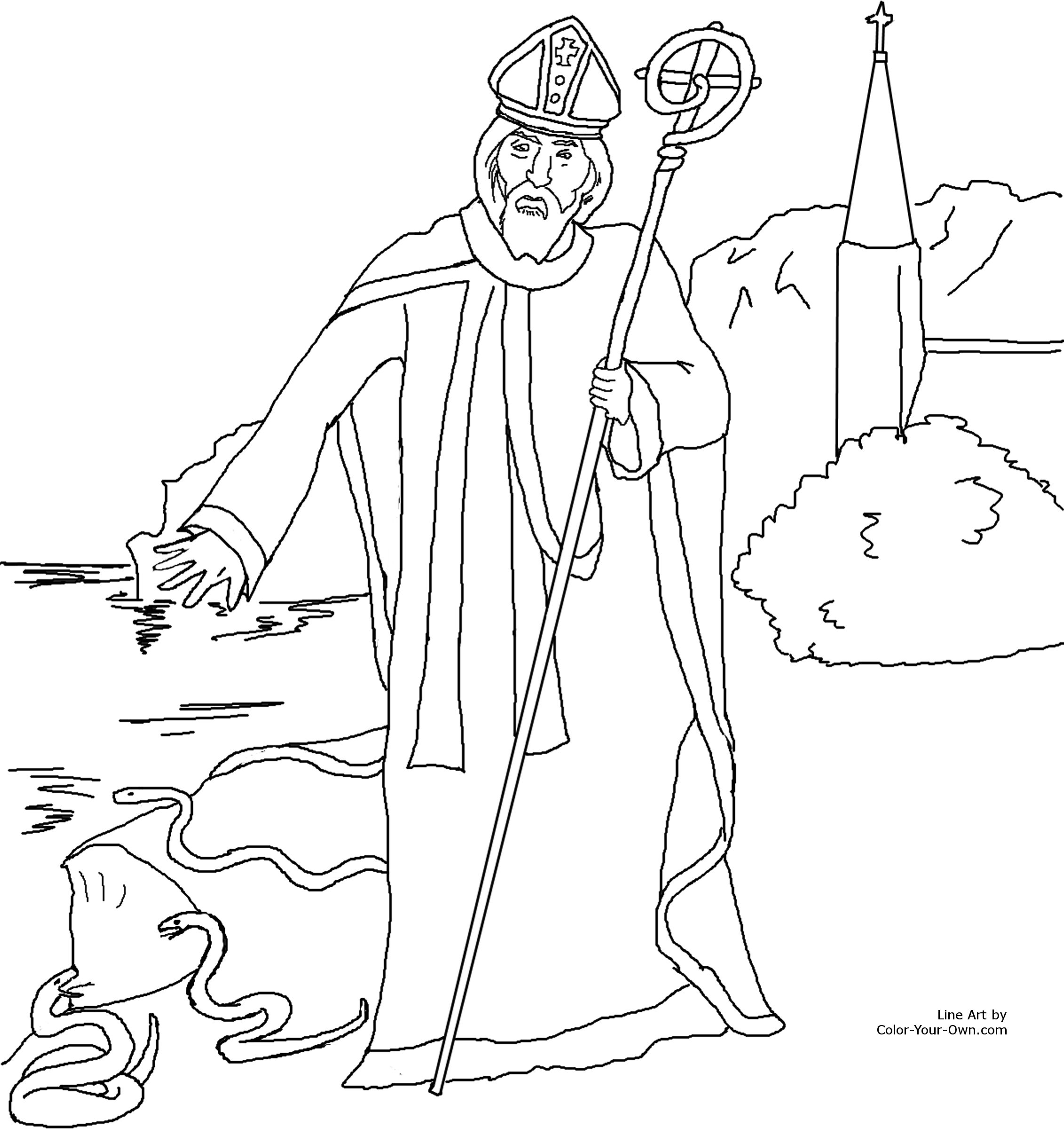Gallery
Photos from events, contest for the best costume, videos from master classes.
 |  |
 |  |
 |  |
 |  |
 |  |
 |  |
You have probably heard the story that St Patrick, the Patron Saint of Ireland rid the Emerald Isle of snakes. But is this actually true and what is the relationship between snakes and the island of Ireland. Click through our gallery above to find out. Every year on March 17, people around the world celebrate St. Patrick’s Day, honoring the patron saint of Ireland. But what started as a religious feast has evolved into a vibrant, global celebration of Irish culture. The first St. Patrick's Day Parade actually took place in Boston, Massachusetts, back in 1737; the city is known for its high percentage of residents who claim an Irish ancestry. However, some modern Pagans refuse to observe a day which honors the elimination of an old religion in favor of a new one. St. Patrick's Day, which is celebrated worldwide on March 17, honors St. Patrick, the Christian missionary who supposedly rid Ireland of snakes during the fifth century A.D.. According to legend The Best Irish Songs And The Best Irish Films Of All Time For Paddy’s Day; 8 Ways That We Celebrate St. Patrick’s Day In Ireland; The Most Notable St. Patrick’s Day Traditions In Ireland; 17 Tasty St. Patrick’s Day Cocktails To Whip Up At Home; How To Say Happy St. Patrick’s Day In Irish; 5 St. Patrick’s Day Prayers And Blessings For more than 1000 years, St. Patrick’s Day has been celebrated in Ireland every year on 17 March. Over the years, the religious holiday commemorating the death of Saint Patrick, the patron St. Patrick’s Day commemorates the death of St. Patrick and celebrates Irish culture and heritage. It has been observed as a religious holiday in Ireland for over 1500 years. 10. While the legend is deeply ingrained in Irish folklore and celebrated every St. Patrick’s Day, scientific evidence and historical context tell a different story. The truth is far more nuanced and fascinating than a simple tale of a saint and a snake-free land. The Truth Behind the Legend. The notion that St. Patrick banished all the snakes Maybe St. Patrick’s story isn’t about removing literal snakes, but about choosing to leave behind what doesn’t belong in our lives anymore. So, as you throw on your best green outfit and celebrate St. Patrick’s Day this year, take a moment to think beyond the surface-level myths. Who Was St. Patrick? Every March 17th, millions of people around the world celebrate St. Patrick’s Day with parades, music, and a sea of green. But who was St. Patrick, really? Was he Irish? Did he really banish snakes? Let’s dive into the real story behind the man and the legend! The legend of St. Patrick ridding Ireland of snakes in the 5th century is a fascinating tale enticing both foreigners and residents. During an attempt to fast for 40 days, the saint was attacked by a group of snakes. For St. Patrick’s Day 2013, the New York Times reported on the phenomenon and talked to Kevin Cunningham, founder of the National Exotic Animal Sanctuary, which took in many abandoned snakes. St. Patrick was Italian; St. Patrick drove the snakes from Ireland; St. Patrick was the first to bring Christianity to Ireland – all of these statements are false! Let’s take them one at a time. Some claim St. Patrick to be Italian because he was born in Roman occupied territory, and his name was Patricius. But reclaiming the “snakes” of Ireland isn’t about erasing history or rejecting those who celebrate St. Patrick’s Day in their own way. It’s about remembering that before Christianity, Ireland had its own thriving spiritual traditions—traditions that honoured the land, the seasons, and the divine feminine as well as the masculine. But not all is fun and games. According to some Pagans, St Patrick’s Day has a dark side. One of the most popular legends about St Patrick is that he drove out all the snakes from Ireland. However, according to The National Museum of Ireland in Dublin, there is no evidence that snakes ever lived in Ireland. A prayer card illustration showing Saint Patrick driving the snakes out of Ireland, published circa 1900 (Image: Popperfoto via Getty Images/Getty Images). Scientists and historians argue that this has nothing to do with St Patrick's intervention, though. Every March 17th, the world turns green in celebration of St. Patrick’s Day—a vibrant tribute to Ireland’s patron saint. Parades march through Dublin, shamrocks adorn lapels, and pints of Guinness flow freely. But as the confetti settles in 2025, a quieter curiosity emerges. Who was St. Patrick beyond the festivities? What hidden stories linger beneath the staff of the Ridgewood blog. Ridgewood NJ, every March 17, the world turns a little greener in celebration of St. Patrick’s Day.From leprechauns and shamrocks to parades and pints of Guinness, the holiday is packed with traditions—some deeply rooted in Irish history and others purely American inventions. Most scholars agree: the “snakes” Patrick drove out were not animals—but ancient beliefs. In pre-Christian Ireland, the serpent was a symbol of spiritual power—used by druids, pagans, and mystics of the old ways. The myth of Patrick banishing snakes likely represents his mission to displace paganism and convert Ireland to Christianity. When most people think of St. Patrick’s Day, images of green-clad revelers, shamrocks, and overflowing pints come to mind. But behind the festive parades and the leprechaun lore lies a complex, ancient tapestry of pagan traditions, mystical symbols, and a clash of spiritual worlds. St. Patrick’s Day isn’t just a celebr
Articles and news, personal stories, interviews with experts.
Photos from events, contest for the best costume, videos from master classes.
 |  |
 |  |
 |  |
 |  |
 |  |
 |  |